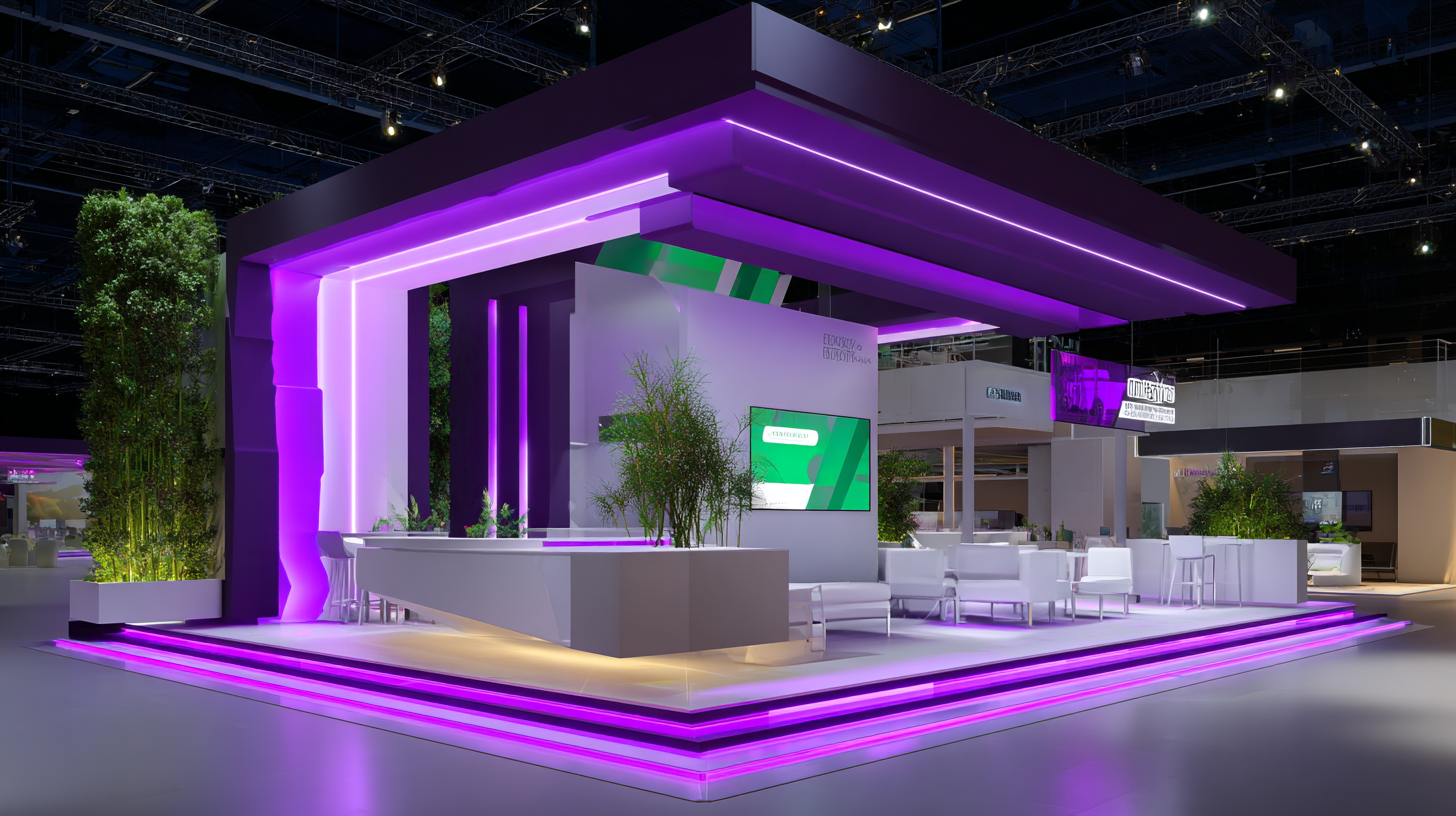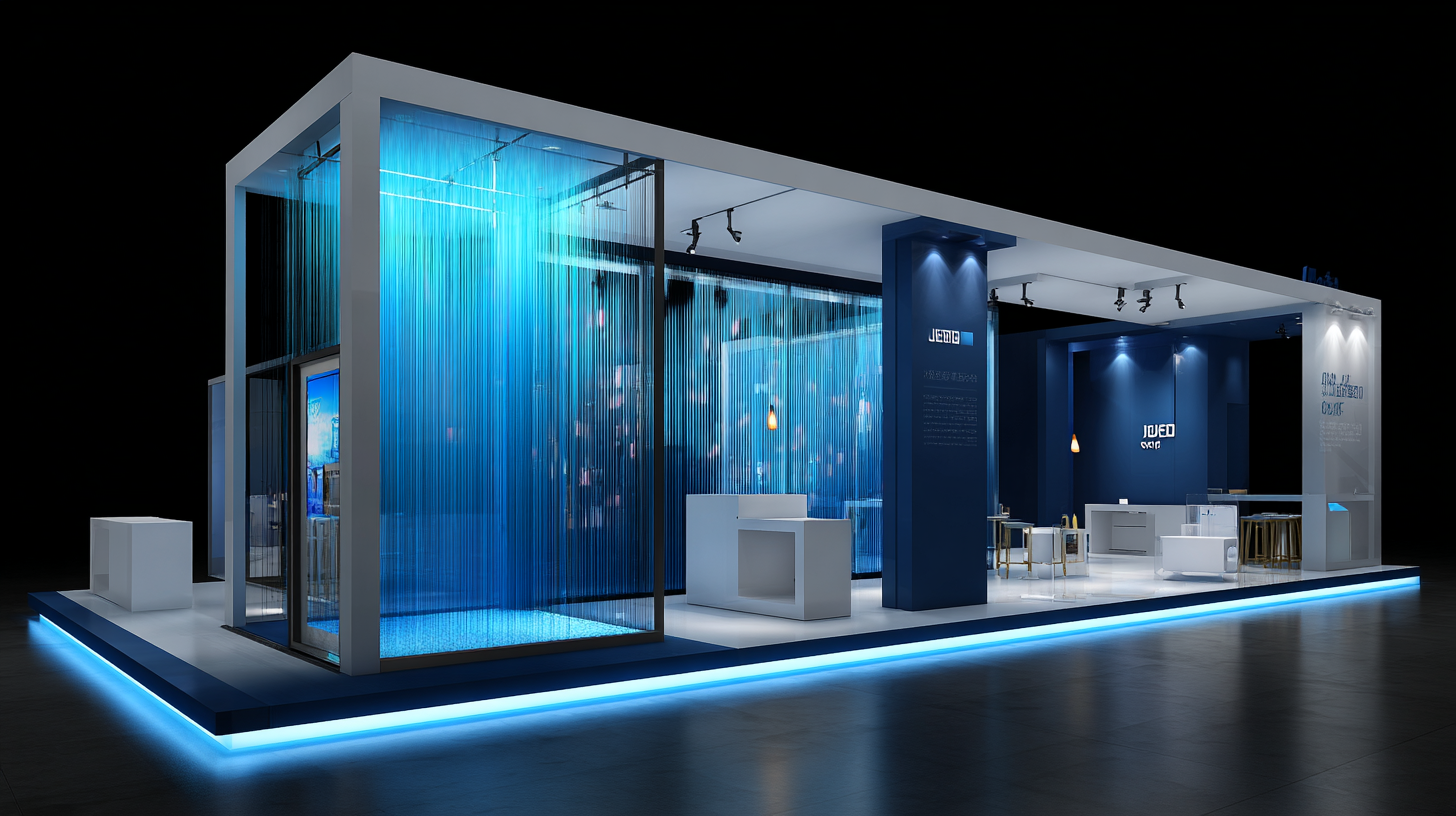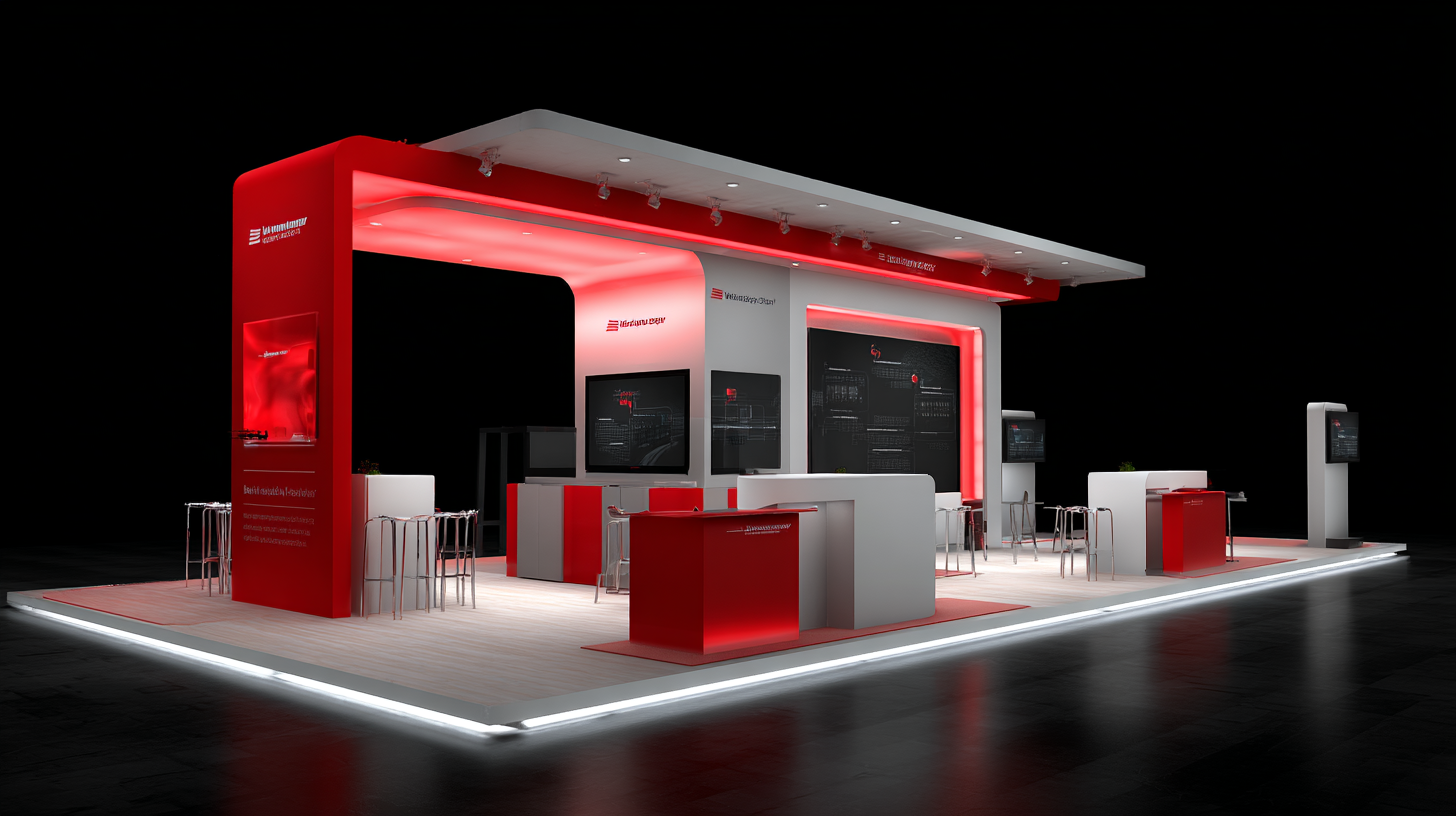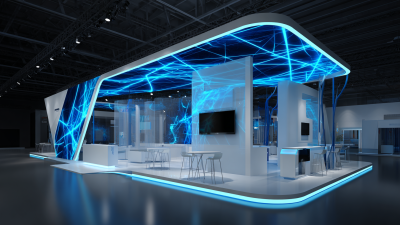
In today's competitive marketplace, the significance of an eye-catching Exhibition Design Stand cannot be overstated. According to a report by the Global Association of the Exhibition Industry (UFI), more than 70% of exhibitors believe that an effective exhibition presence can significantly enhance their brand visibility and lead generation. Furthermore, data from IBISWorld indicates that the exhibition and trade show industry is projected to grow at an annual rate of 3.1%, underscoring the critical role that innovative design plays in attracting and engaging audiences. As brands seek to differentiate themselves in crowded events, leveraging cutting-edge design elements not only captivates potential customers but also fosters deeper connections, leading to long-term loyalty. Therefore, a well-conceived Exhibition Design Stand is essential not just for immediate recall, but as a strategic investment in brand development and audience engagement.

Effective exhibition design plays a pivotal role in maximizing audience engagement. Key metrics such as foot traffic, time spent at the exhibit, and interaction levels can help assess the success of your exhibition stand. By tracking foot traffic, businesses can determine the draw of their design and identify peak times for visitor engagement.
Additionally, measuring how long attendees linger at the stand provides insight into the effectiveness of the layout and the materials presented.
Interaction levels, including the number of conversations initiated and follow-ups post-event, serve as critical indicators of how well the design resonates with the audience. Incorporating interactive elements—such as immersive displays or hands-on experiences—can significantly enhance engagement. Moreover, employing tools like surveys can collect real-time feedback, helping to refine future designs. Ultimately, utilizing these key metrics enables brands to create exhibition stands that not only attract attention but also foster meaningful connections with their audience.
In today's competitive market, the role of sustainability in exhibition stand design cannot be overstated. As businesses strive to attract audiences, integrating innovative materials into their displays not only enhances aesthetic appeal but also aligns with eco-conscious values. Using sustainable resources, such as recycled metals, biodegradable fabrics, and environmentally friendly paints, allows brands to showcase their commitment to the planet while captivating visitors.
Moreover, the incorporation of these materials into exhibition stands reflects a brand's authenticity and responsible mission. By opting for sustainable design, companies can create memorable experiences that resonate with environmentally aware consumers. This approach not only fosters a positive brand image but also encourages discussions among attendees about sustainability, making the exhibition stand a focal point of the event. Embracing innovation in this manner elevates a brand's presence, engaging audiences on deeper levels and paving the way for meaningful connections.
| Exhibition Stand Type | Materials Used | Sustainability Features | Audience Engagement Style | Estimated Cost (USD) |
|---|---|---|---|---|
| Modular Stand | Recycled Aluminum, Fabric | Recyclable Materials, Energy Efficient Lighting | Interactive Displays | 15,000 |
| Pop-Up Stand | Biodegradable Plastic, Wood | Compostable Components, Eco-Friendly Ink | Virtual Reality Experiences | 10,000 |
| Custom Built Stand | Sustainable Timber, Reclaimed Materials | Locally Sourced Materials, Low VOC Paints | Live Performance Area | 30,000 |
| Tabletop Display | Cardboard, Recycled Paper | Fully Recyclable, Low Energy Production | Product Sampling | 2,500 |
In today's competitive market, incorporating technology into your exhibition design stands is essential for creating captivating experiences that resonate with audiences. Interactive elements, such as touchscreens, augmented reality, and virtual experiences, not only draw visitors in but also enhance their understanding of your brand. These engaging features stimulate curiosity and foster an emotional connection, making your brand memorable long after the event concludes.
**Tip 1:** Integrate user-generated content to foster engagement. Encourage visitors to share their experiences via social media or participate in digital installations that allow them to co-create content. This involvement makes their visit feel personal and increases the likelihood of sharing their experience online.
**Tip 2:** Prioritize mobile-friendly interactive components. Many attendees will prefer interaction via their smartphones. Consider using QR codes or apps that allow instant access to information, promotional offers, or exclusive content, enhancing their overall experience and encouraging them to spend more time at your stand.
By effectively utilizing technology, your exhibition can transform into a dynamic platform that not only showcases your brand but also creates lasting impressions through interactive visitor experiences.

The world of exhibition design is ever-evolving, and utilizing visual storytelling is becoming essential. This approach not only captures attention but also conveys a brand’s message in an engaging manner. By incorporating narrative elements into your exhibition space, you can create environments that resonate with audiences and foster a deeper connection. Whether it’s through immersive graphics, interactive displays, or strategically placed lighting, ensuring your design tells a compelling story will keep visitors intrigued.
Tips for harnessing visual storytelling in your exhibition design include starting with a clear message that aligns with your brand identity. Consider what emotions you want your audience to feel and how to evoke those feelings through your design elements. Using a cohesive color palette and consistent visuals can strengthen your narrative. Additionally, incorporating technology, such as augmented reality or virtual tours, can elevate the experience and provide fresh, memorable interactions.
Another effective strategy is to make use of dynamic layouts that guide visitors through the story you want to tell. Create focal points that draw attention and encourage exploration, leading your audience from one section to another seamlessly. Incorporating testimonials or case studies along the journey can provide real-world context and reinforce your brand’s value. By employing these techniques, you can ensure your exhibition stand not only stands out but also leaves a lasting impression on your audience.
This bar chart illustrates the top design trends for exhibition spaces, showcasing how visual storytelling significantly enhances audience engagement.
In the competitive landscape of exhibitions, measuring return on investment (ROI) is essential for brands looking to maximize their presence. A report by the Center for Exhibition Industry Research (CEIR) indicates that 83% of marketers believe that exhibitions offer a unique opportunity to engage with their target audiences directly. However, simply participating in an event is not enough; brands must implement data-driven approaches to evaluate the effectiveness of their exhibition presence.

Utilizing metrics such as lead conversion rates, customer acquisition costs, and the overall brand engagement can provide deeper insights into exhibition success. According to HubSpot, companies that prioritize data-driven marketing are six times more likely to be profitable year over year. By analyzing foot traffic, social media interactions, and post-exhibition follow-ups, businesses can compile comprehensive reports that demonstrate the tangible benefits of their innovative exhibition stands. This approach not only helps in justifying the expenses incurred but also informs the strategic decisions for future exhibitions, ultimately transforming the brand's presence in the market.






